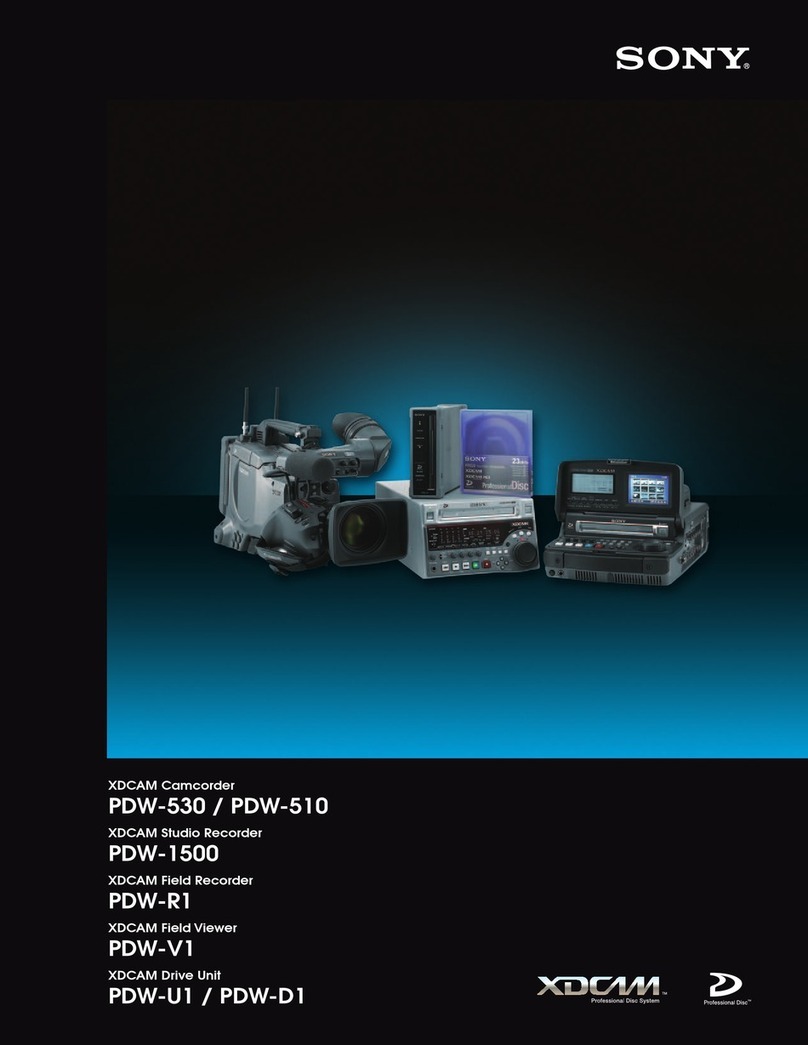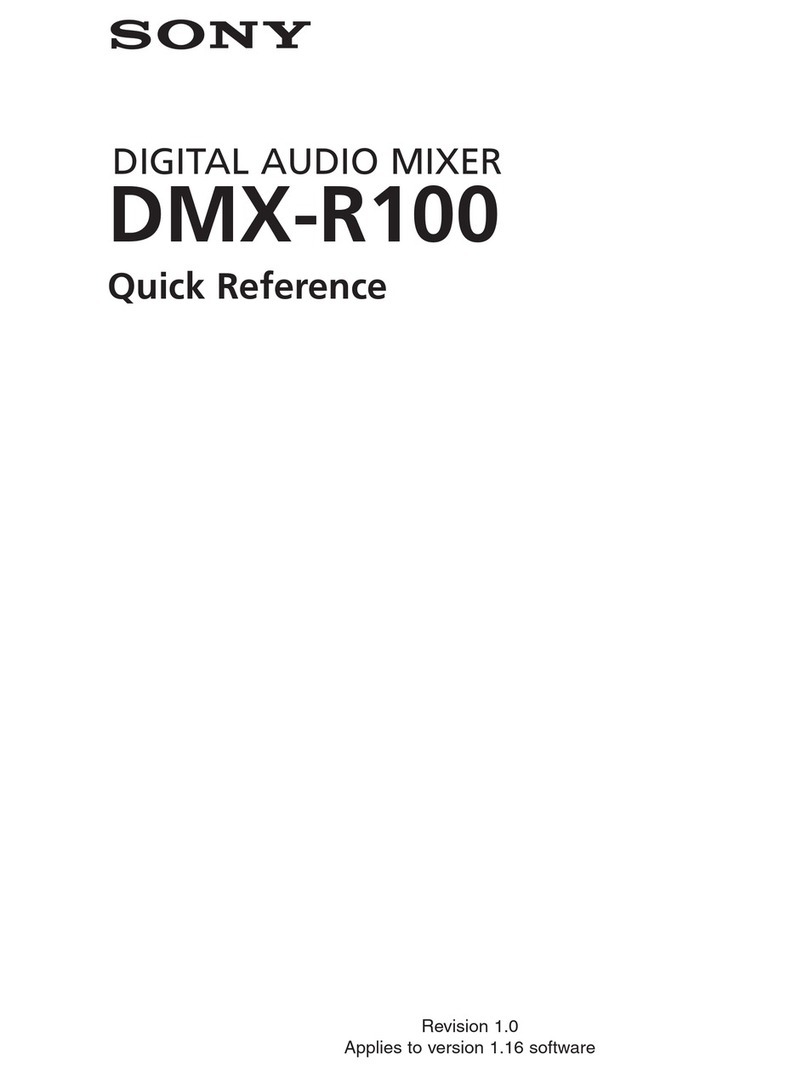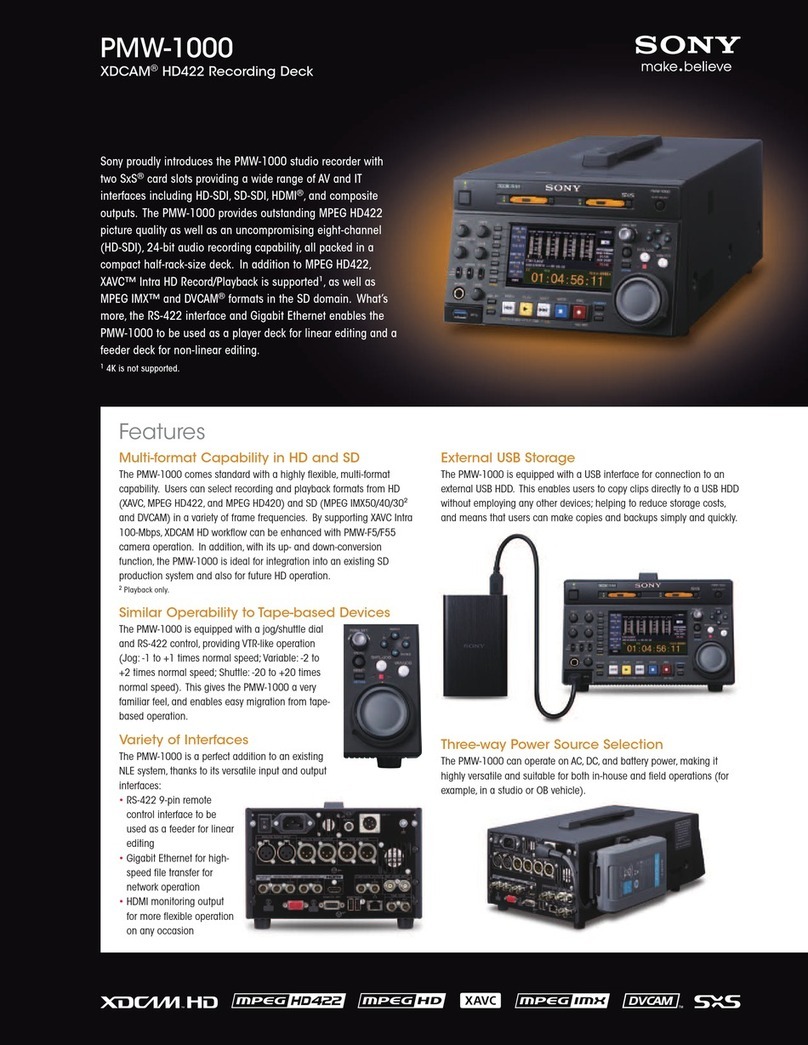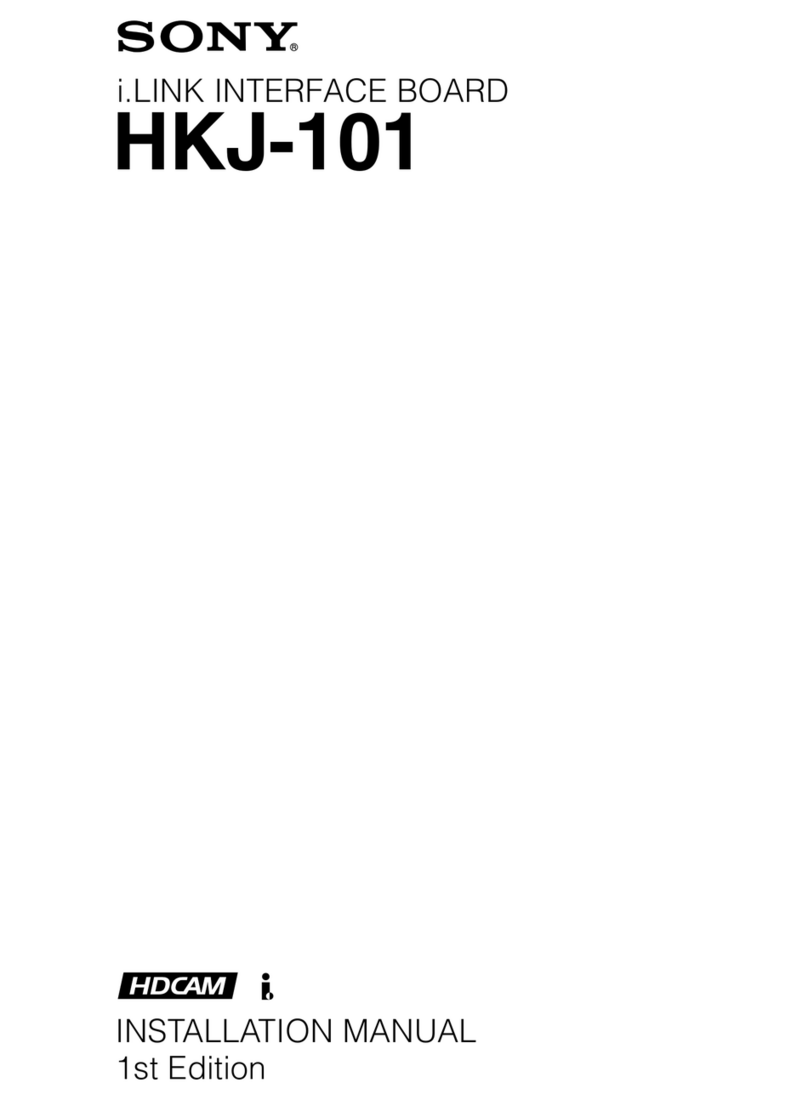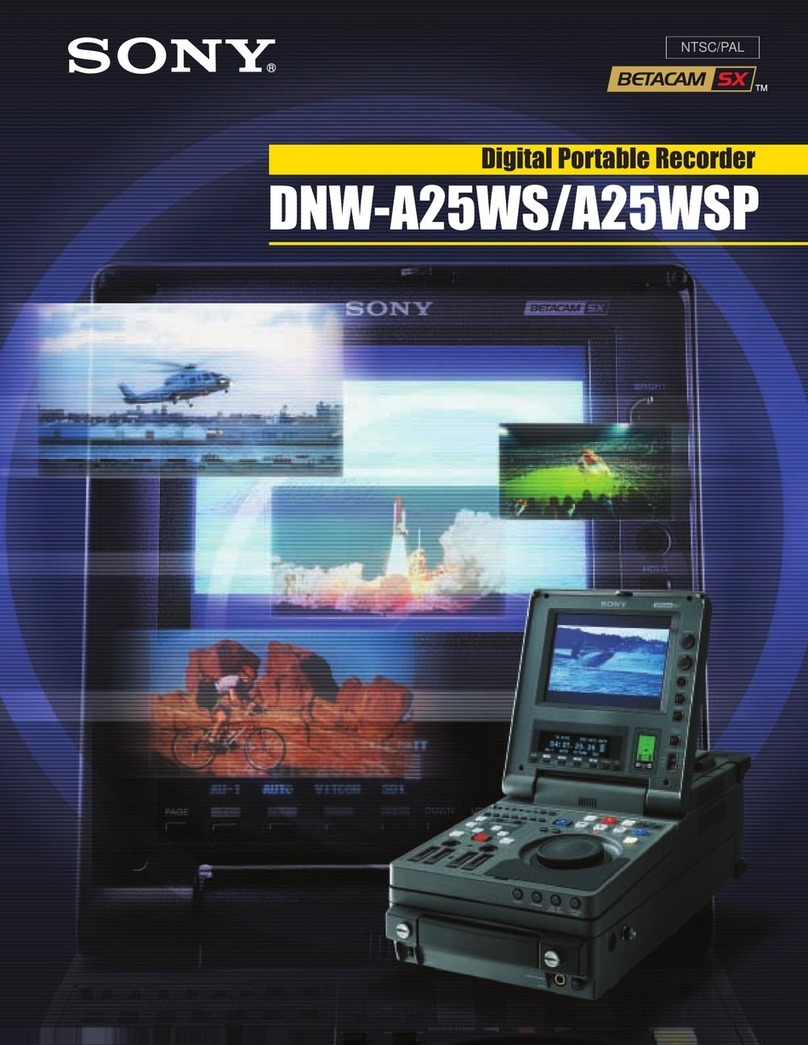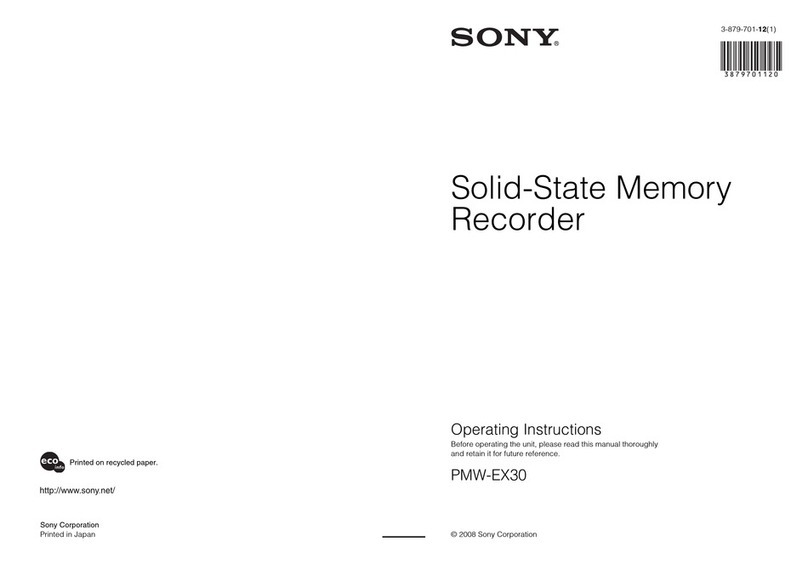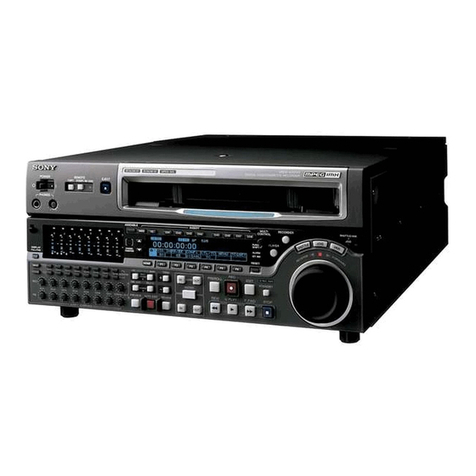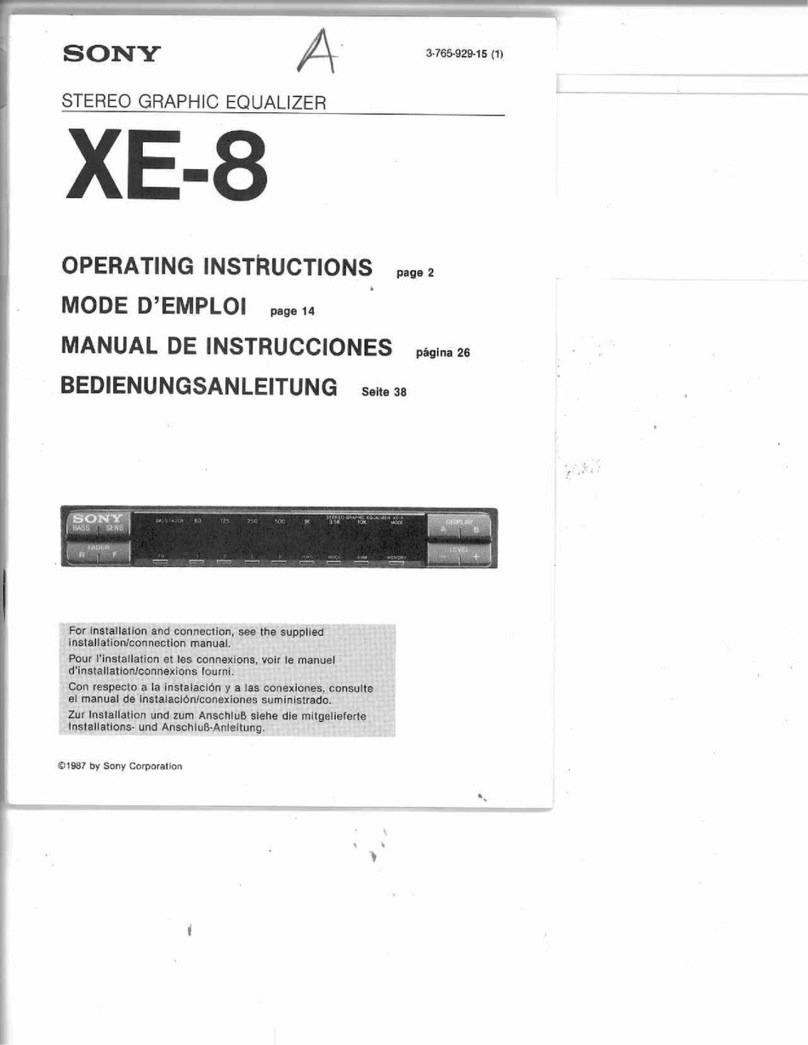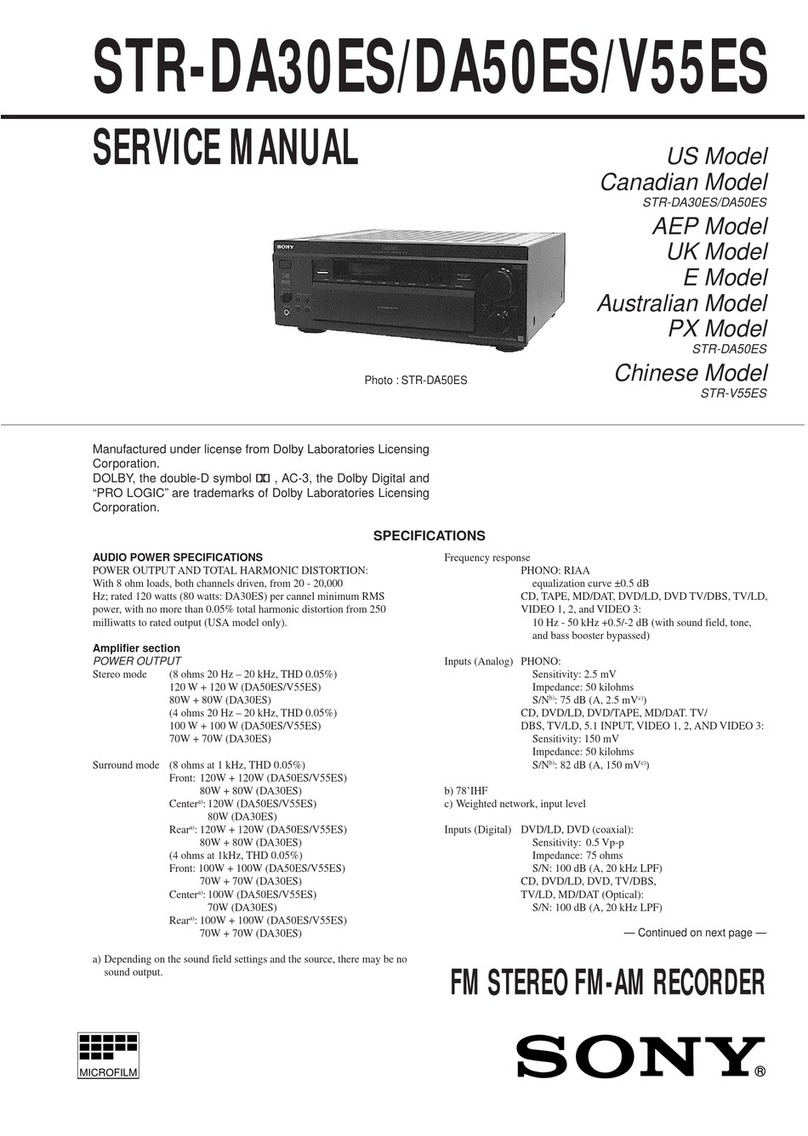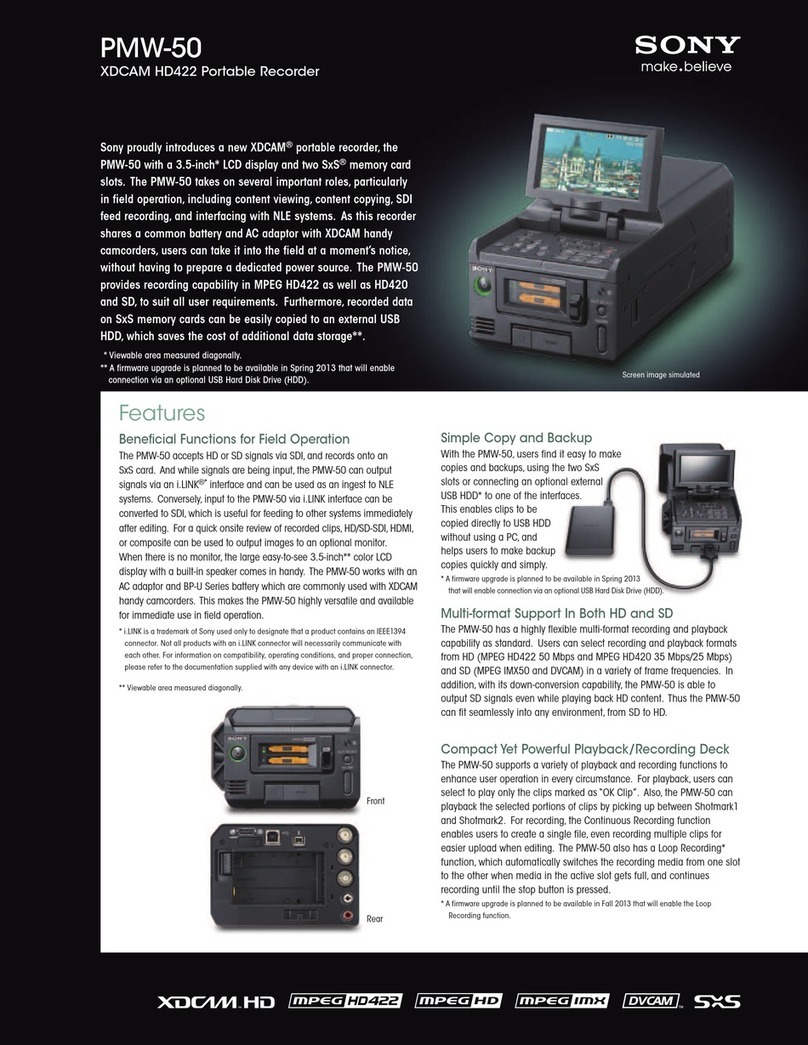AAAAyA<H.L0.idx>
Chapter 1 Overview 1-1
1-1 Principal Features
This unit is a digital audio recorder conforming to the
DAT (digital audio tape) format. It has a wide range
of functions designed to meet the requirements of
applications at TV/radio broadcasting stations and
production houses.
Chapter 1 Overview
1-1-1 General Compatibility with consumer DAT recorders
Since the basic tape format is identical with that of
consumer DAT recorders, the basic functions of the
unit are compatible with those of all consumer DAT
recorders.
ID function
This unit has an ID code function peculiar to DATs.
The use of a Start ID, for example, makes it possible to
carry out a high-speed search operation.
Variable-speed playback/recording
You can vary the playback speed arbitrarily within a
range of ±12.5 percent of normal playback speed.
You can vary the recording speed within a range of
–0.2 to +0.2 percent.
Search functions
This unit offers flexible search functions which
include; time code location, Start-ID location, program
number location, and cuing (search performed while
hearing the playback sound).
Adoption of search dial
This unit has a versatile search dial. You can use it to
perform dial menu operations to set or change the data
to be displayed, to reproduce sound from the sound
memory in jog mode, or to cue the tape to a specific
position.
A wide range of interfaces for remote control
You can use any of the following four types of
interfaces for remote control: a 9-pin serial remote
connector, a 37-pin parallel remote connector, an 8-pin
parallel remote connector, and an optional RS-232C
computer interface connector.
Extensive options to realize diverse applications
Extensive options including digital audio editors are
available so that you can set up a system capable of
realizing a wide range of applications.
1-1-2 Features
Electronic editing
You can carry out automatic electronic editing using
two PCM-7040 units together with the RM-D7300
Digital Audio Editor (optional). You can store the
sound around a selected edit point on the built-in
sound memory. This feature enables you to rehearse
editing by playing back the sound memory (memory
rehearsal), without running the tape, and to set edit
points precisely, resulting in higher efficiency, quality,
and precision.
Chase synchronization function based on time code
This unit can be locked to an external time code. You
can synchronize this unit with video equipment.
Memory start function
The sound memory makes it possible for you to start
hearing sound the instant you press the PLAY key
(memory start). You can also use this function to cue
the tape precisely and easily.
4-head drum
Equipped with a 4-head drum, this unit can monitor
sound being recorded—RAW (Read After Write)
function, as well as perform punch-in and punch-out
recording with cross-fades-RMW (Read Modify
Write) function.
Recording and reproduction of time code
The tape used for this unit has subcode areas where
you can record or read SMPTE/EBU time code.
